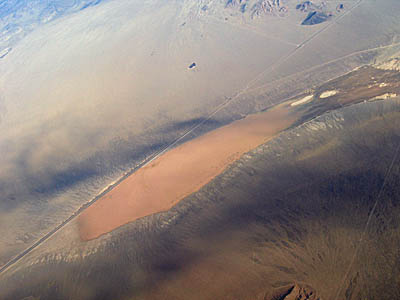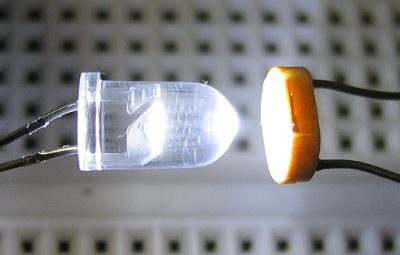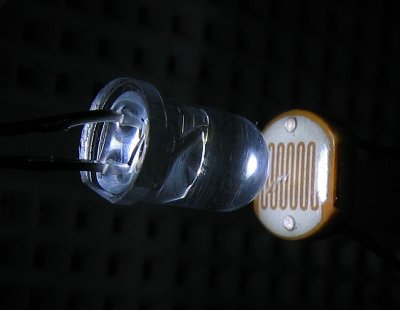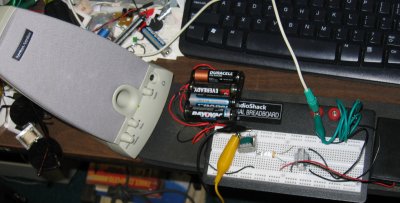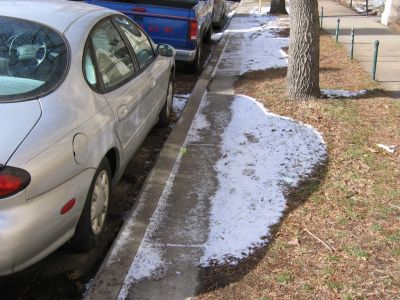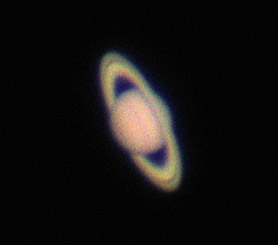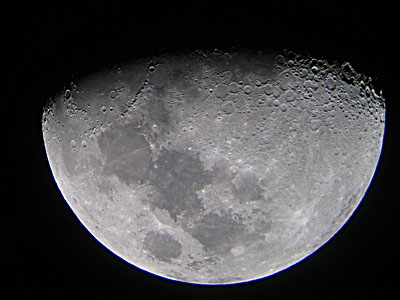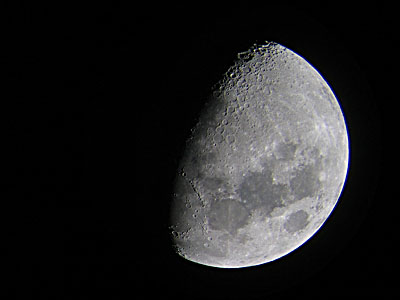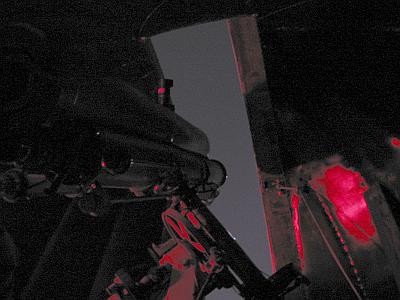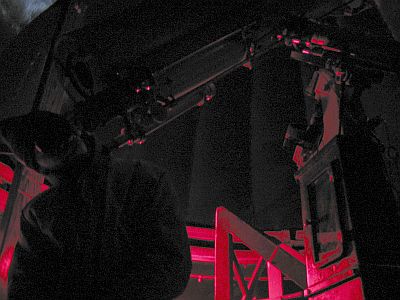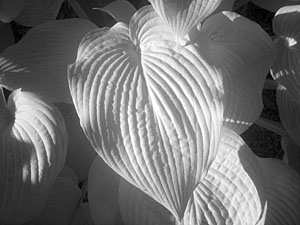VLF Radio Part 1 was published here.
Here's a simple experiment you can do right now. Get a male to male 1/8" mini stereo cable. Hook one end of it into the microphone input of your computer. Get three alligator clips, a length of coaxial cable, and the longest single wire you can lay outside. Connect the "sleeve" of the cable
(diagram here) to the coaxial cable's shield, and connect either the tip or ring (or both if you can manage it) to the coax's center conductor. On the other side of the coax, connect the center conductor to the long wire, and run the long wire out on the ground away from your dwelling.
Make sure your computer's mic input is turned on, and turn up the volume on your computer speakers. You should hear lots of random clicks, of very high frequency. (Ignore the loud hum for the moment). They come and go, sometimes clicks will seem to come in sequential patterns, other times not. They vary in volume too. Occasionally you may hear one that sounds like a tweek rather than a pop. What are they?
Ever listen to a AM radio when a thunderstorm was nearby? The clicks you are hearing (I hope you are trying this right now) are radio waves created from lightning strokes from around the world. The louder clicks are obviously coming from closer by. In the US, you can use
Weather.com's or
Vaisala's maps to determine where the closest strikes are. Even when there is no lightning in the continental United States, I still hear faint clicks from many thousands of miles away. The strength of the radio emission from lightning falls off as frequency increases, and the bulk of the energy is emitted under 15kHz. You only get to hear it on AM radio (550kHz to 1710kHz) when it's much closer and stronger at your listening point.
Sferics, as these lightning signals are called, is short for "atmospherics", or generically the ubiquitous noise that occurs at these VLF frequencies. They are refracted by the ionosphere and propgate around the world.
Download and install your favorite audio spectrograph software. I now use
Spectrum Lab, but there are others you can use or try. This software will show you a time vs. frequency graph of your signal, and you can see and save lots of interesting details with it.
The World Wide Lightning Location Network can give you a sense of what you can see with a simple look at these radio waves with frequencies in the Very Low Frequency band.
Want to know more about sferics? Take a look at
this PhD thesis by Steven Cummer.


